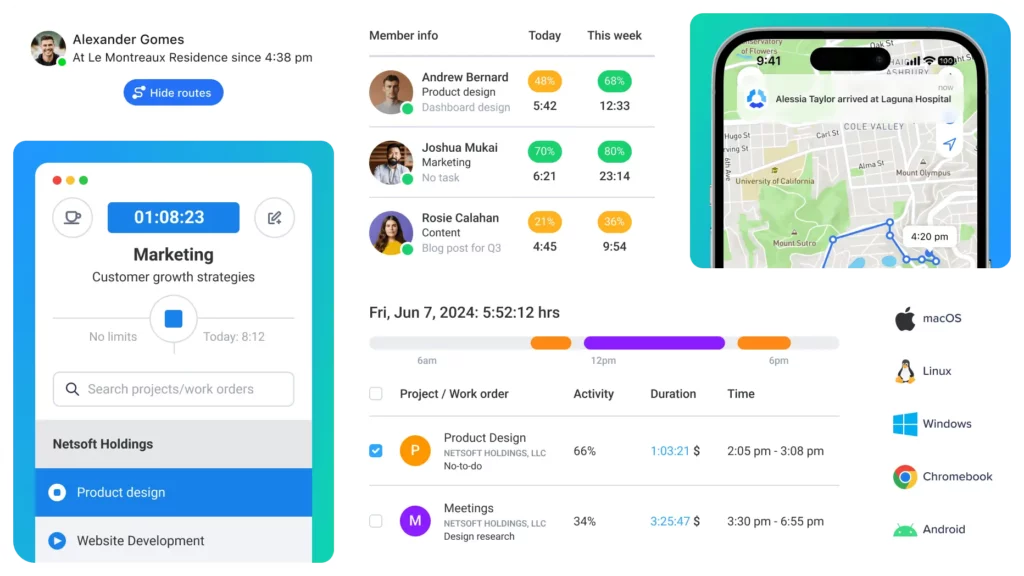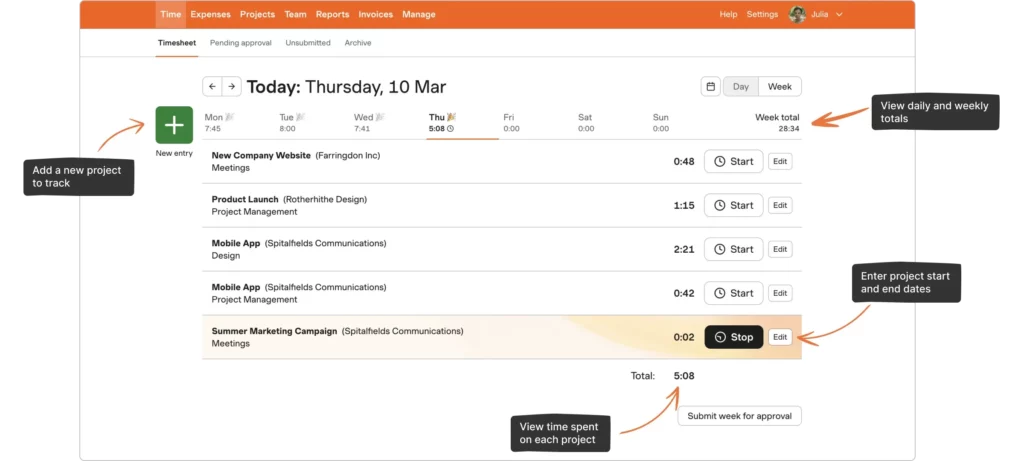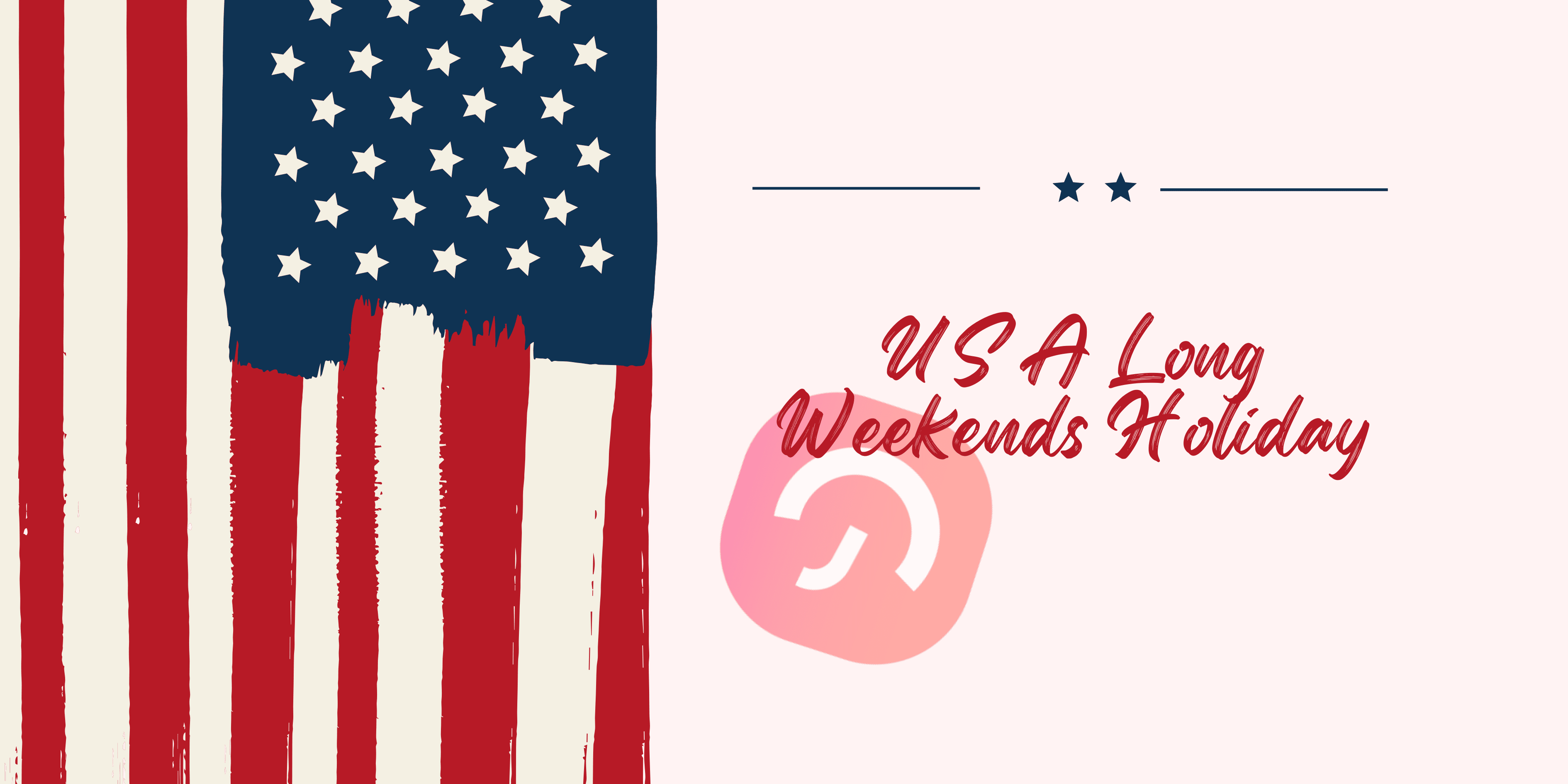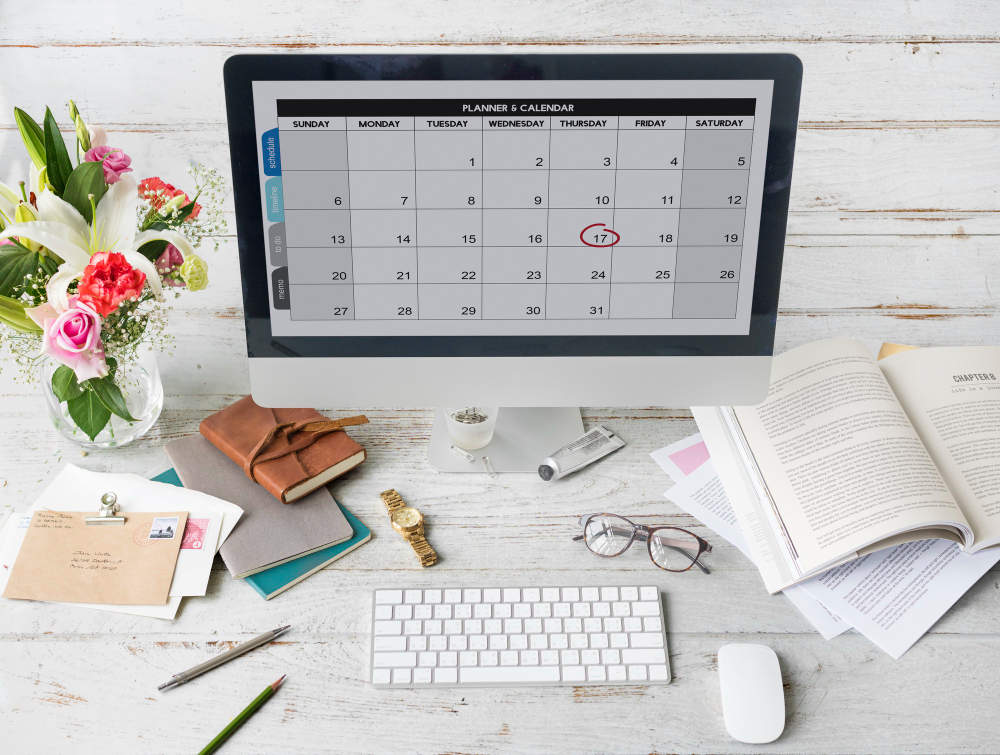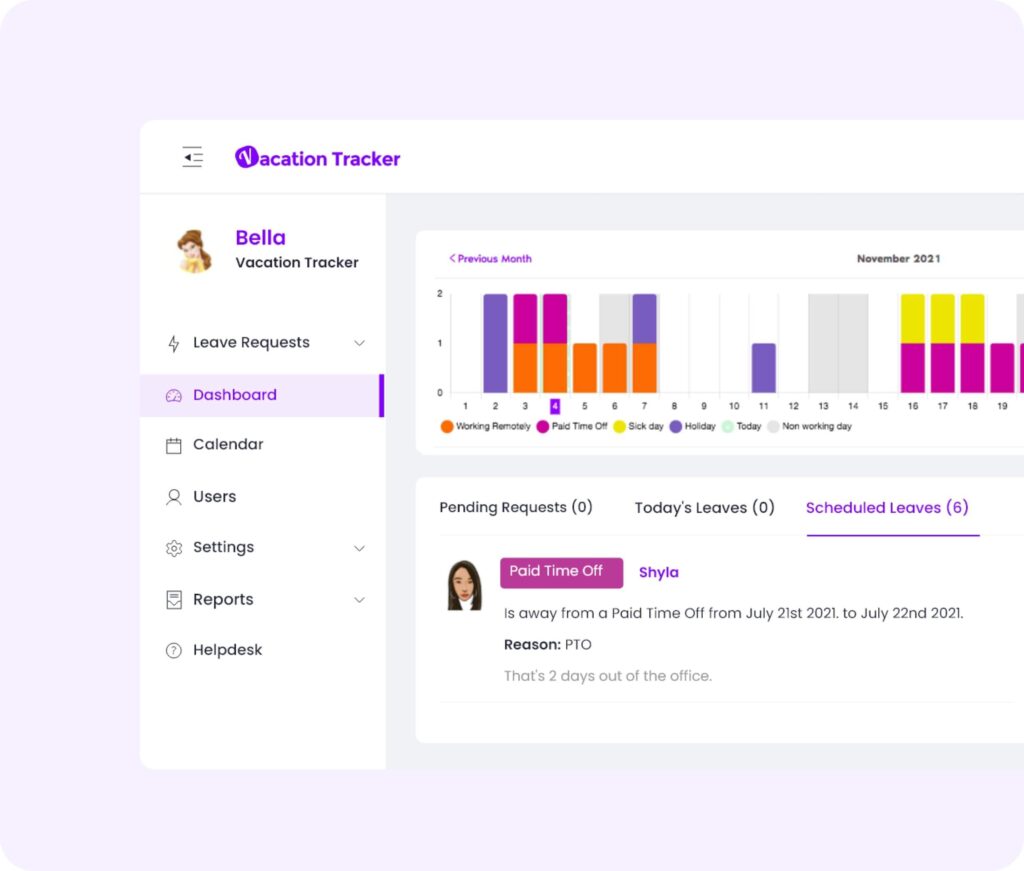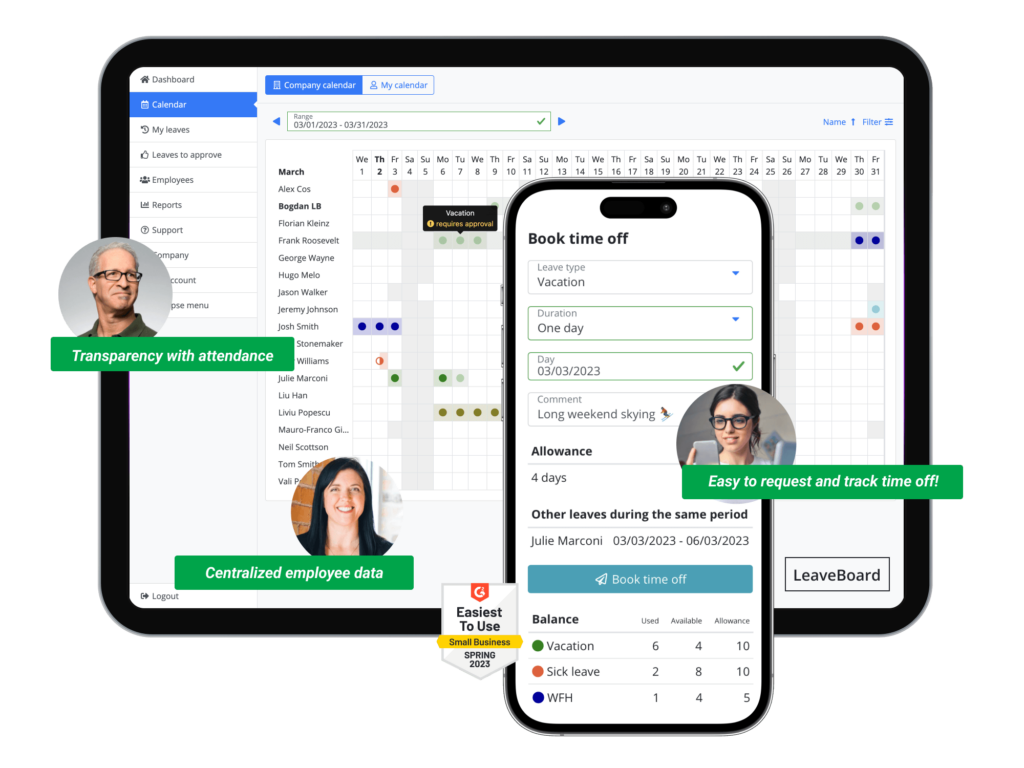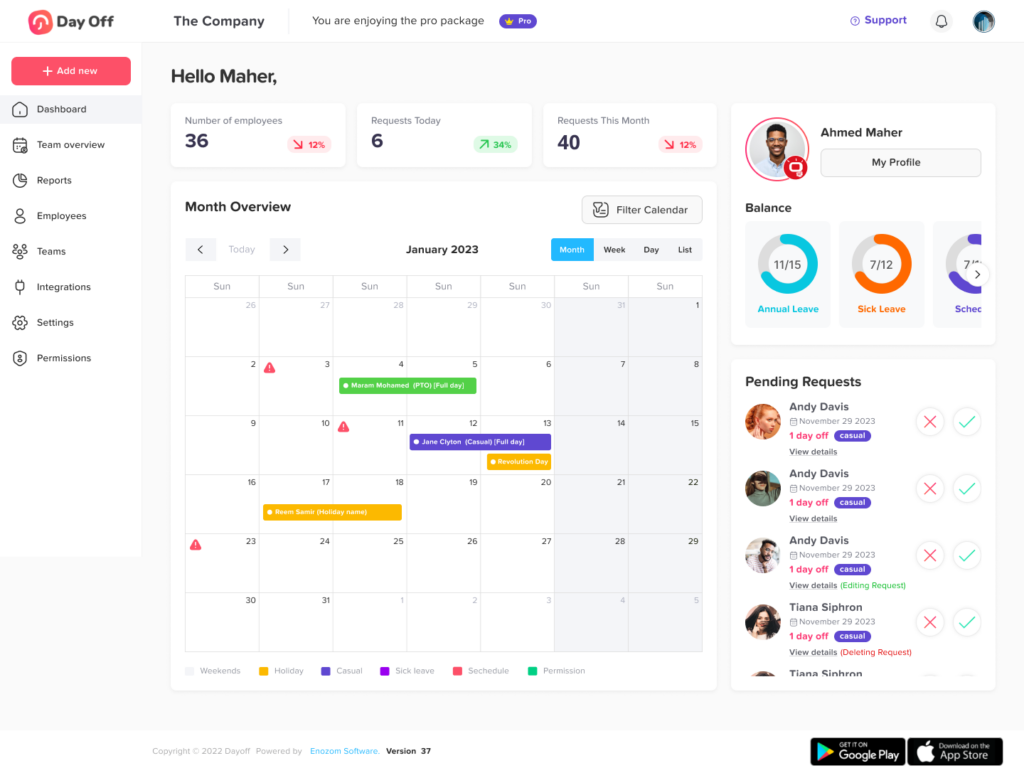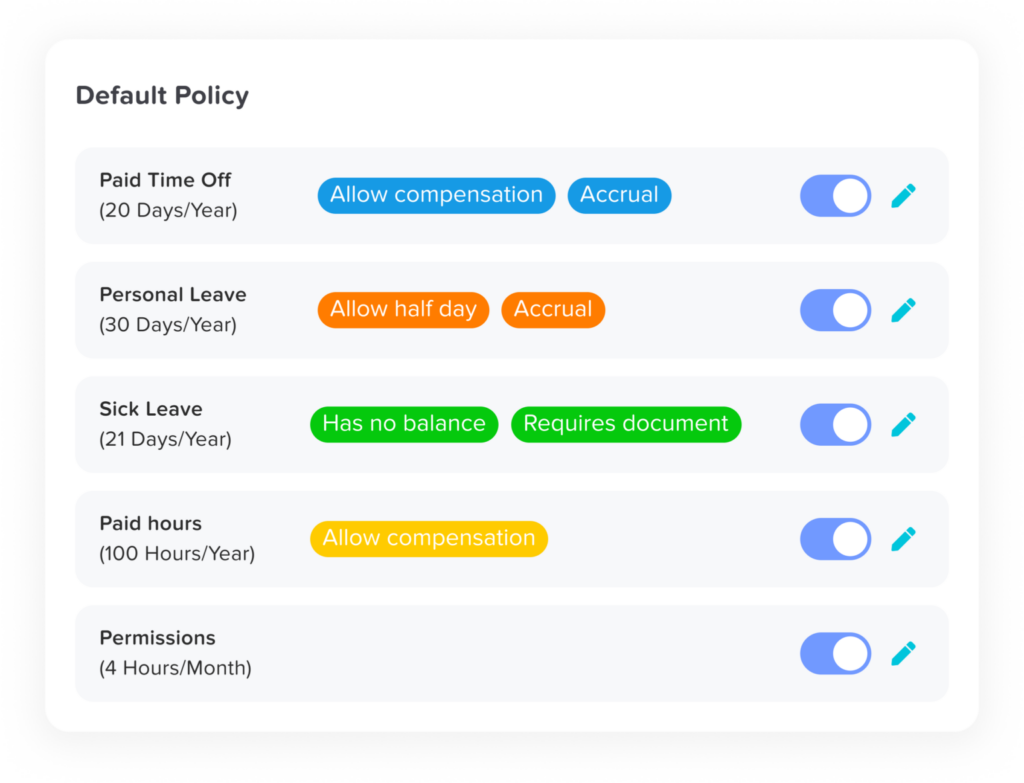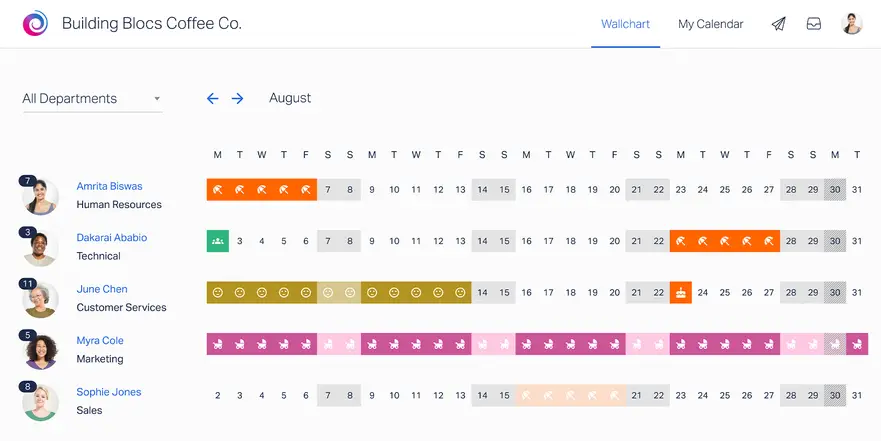As modern workplaces continue to evolve, organizations are rethinking traditional approaches to employee leave and work-life balance. One of the most notable shifts in recent years is the growing adoption of Flexible Time Off (FTO), a policy that allows employees to take time off without being limited by a fixed number of accrued vacation or sick days.
Unlike the traditional Paid Time Off (PTO) model, which tracks and caps leave based on tenure or accrual rates, FTO focuses on trust, flexibility, and results. It empowers employees to take the time they need while encouraging accountability and transparency within teams.
In this comprehensive guide, we’ll break down what FTO is, how it differs from conventional PTO, the key benefits and challenges it brings, and practical strategies for implementing it effectively in your organization.
What is Flexible Time Off (FTO)?
Defining FTO in the Modern Workplace
Flexible Time Off (FTO) is a modern and progressive leave policy that empowers employees to take time off whenever needed, without adhering to a fixed accrual system for vacation or sick days. Instead of earning leave over time, employees are free to request time off as their personal and professional needs arise, provided that their absence aligns with workload demands and business priorities.
Understanding the Meaning of FTO
At its core, FTO is founded on trust, autonomy, and accountability. It represents a shift away from traditional attendance-based policies toward a results-driven culture, where employees are evaluated based on performance and outcomes rather than hours worked. This approach supports a healthier work-life balance and reinforces mutual respect between employers and employees.
How FTO Works in Practice
Employees are not assigned a fixed number of vacation or sick days.
Instead of accruing leave over time, they can request time off at their discretion.
Managers review and approve requests based on business needs and team fairness.
Employees are expected to manage their responsibilities and plan time off responsibly.
FTO policies are typically applied to salaried (exempt) employees rather than hourly workers.
By giving employees greater control over their time while maintaining accountability, FTO encourages a culture of flexibility, productivity, and trust, qualities that define today’s evolving workplace.
FTO vs. PTO: What’s The Difference?
While FTO and PTO both allow employees to take time away from work, they differ in structure and implementation.
| Feature | Flexible Time Off (FTO) | Paid Time Off (PTO) |
|---|---|---|
| Accrual | No accrual; time off is unlimited in principle | Employees accumulate leave based on time worked |
| Tracking | No formal tracking of leave balances | HR tracks vacation and sick day balances |
| Flexibility | Employees can take time off when needed | Employees must plan within allocated time |
| Approval Process | Based on workload, team availability, and business needs | Leave requests are typically limited by available PTO |
| Focus | Work-life balance, productivity, and trust | Structured leave with defined limits |
| Common in | Tech companies, startups, progressive workplaces | Traditional corporations, government jobs |
Advantages of FTO for Employees and Employers
Improved Work-Life Balance and Employee Well-being
FTO allows employees to take time off without the stress of depleting limited vacation days. Whether they need a mental health break, time for personal matters, or simply rest, they have the flexibility to do so.
This policy is particularly beneficial in preventing burnout, which is a growing concern in fast-paced work environments. Employees who feel empowered to take time off when needed are more likely to be engaged, motivated, and productive in the long run.
Simplified Leave Management for Employers
Traditional PTO policies require HR teams to track accrued leave, process rollovers, and manage payouts for unused vacation days. FTO eliminates these complexities, reducing administrative burdens.
With FTO:
- HR teams don’t need to calculate and maintain individual vacation balances.
- Companies avoid financial liabilities related to unused PTO payouts.
- Employees and managers focus more on performance and outcomes rather than timekeeping.
A Powerful Tool for Attracting and Retaining Talent
In today’s job market, top talent seeks employers that offer greater flexibility and autonomy. FTO policies signal to prospective hires that a company values employee well-being and trust.
Companies with FTO policies often appeal to younger professionals, particularly millennials and Gen Z workers, who prioritize work-life balance over rigid corporate structures. By offering FTO, businesses can differentiate themselves from competitors and reduce turnover.
Encourages a Productivity-Focused Work Culture
One of the most significant advantages of Flexible Time Off (FTO) is that it shifts the focus from hours worked to actual productivity and results. In traditional PTO systems, employees might feel pressured to hoard their vacation days or even come to work sick to avoid using their limited leave.
With FTO, employees are trusted to manage their workload effectively while taking the necessary time off. This encourages a culture where people are judged by their performance rather than attendance, fostering an environment of accountability and self-motivation. Employees who are well-rested and in control of their time tend to be more efficient, creative, and engaged in their work.
Challenges and Potential Drawbacks of FTO
While Flexible Time Off (FTO) policies offer numerous benefits, they also present certain challenges that employers must anticipate and address. Effective communication, fair implementation, and consistent management are key to ensuring FTO policies work as intended.
Unequal Usage Among Employees
One of the most common challenges with FTO is uneven utilization. Not all employees feel equally comfortable taking time off, especially in high-pressure or performance-driven work environments. Some may worry that:
Taking time off could make them appear less committed or productive.
They might fall behind on deadlines or burden their teammates.
Their managers or peers rarely take time off, creating unspoken pressure to do the same.
To combat this, leadership should actively promote a culture where rest is respected and encouraged. Managers and executives can lead by example—openly taking time off and reinforcing that well-being and balance are valued as part of the company culture.
Risk of Overuse or Misuse
Without fixed limits, FTO can sometimes be abused or unintentionally overused. This can result in:
Decreased productivity from frequent or extended absences.
Frustration among team members who must absorb extra work.
Challenges for managers in maintaining deadlines and workload balance.
To prevent these issues, companies should set clear, transparent guidelines for how FTO should be used. Managers should review requests fairly, communicate scheduling needs openly, and ensure that workloads are distributed evenly across the team.
Limited Applicability for Hourly or Non-Exempt Employees
FTO is typically best suited for salaried (exempt) employees, as it doesn’t align easily with labor laws governing hourly workers who track hours and earn overtime pay. Implementing FTO in mixed workforces can lead to perceived inequities between exempt and non-exempt employees.
To maintain fairness, companies can offer alternative benefits for hourly employees, such as additional paid time off, flexible scheduling, or shift-based incentives, to ensure everyone has equitable access to rest and work-life balance.
Challenges in Performance Evaluation
Unlike traditional PTO systems, FTO policies lack formal tracking of time off. This can make it difficult for managers to:
Monitor whether employees are overworking or not taking enough time to rest.
Ensure consistency and fairness in time-off approvals.
Assess the overall impact of FTO on productivity and morale.
To address this, organizations can conduct regular manager check-ins focused on workload, well-being, and time-off patterns. These conversations help identify burnout risks early and ensure the FTO policy is being used in a healthy and balanced way.
Best Practices for Implementing FTO Successfully
To make Flexible Time Off (FTO) successful, organizations must establish clear expectations and ensure the policy supports both employee well-being and business continuity. The following best practices can help companies implement FTO effectively and sustainably.
Define Clear Guidelines for FTO Usage
While FTO is designed to provide flexibility, having no structure can lead to uncertainty or uneven application. A well-documented policy should clearly outline:
How and when employees can request time off.
The approval process and expected response times.
Expectations around maintaining productivity and team collaboration.
Establishing these guidelines helps prevent misunderstandings, ensures fairness, and reinforces accountability while keeping the policy flexible.
Encourage Leaders to Lead by Example
Leadership plays a crucial role in shaping how FTO is perceived and used. Managers and executives should actively take time off and communicate the importance of rest and balance. When employees see their leaders embracing FTO, they are more likely to feel comfortable doing the same, helping normalize the use of time off across the organization.
Maintain Open and Ongoing Communication
Regular communication ensures that FTO remains effective and aligned with both employee and company needs. Employers should encourage:
One-on-one check-ins to discuss workloads, stress levels, and upcoming time off.
Team meetings to coordinate around scheduled absences and maintain continuity.
An open-door environment where employees can ask questions about FTO without hesitation or fear of judgment.
This transparency helps maintain trust and prevents scheduling conflicts while supporting employee well-being.
Balance Flexibility with Business Needs
FTO works best when it benefits everyone, employees gain freedom and balance, while the business maintains productivity. To achieve this, companies should:
Coordinate schedules to ensure adequate coverage across teams.
Encourage employees to plan ahead for extended absences when possible.
Keep fairness, accountability, and performance as guiding principles in approving requests.
When managed thoughtfully, FTO can enhance morale, boost retention, and foster a culture where employees feel trusted, valued, and empowered, while the organization continues to thrive.
(FAQ) About Flexible Time Off (FTO)
Is FTO the same as Unlimited PTO?
Not exactly. While Flexible Time Off (FTO) and Unlimited PTO (UPTO) both eliminate a fixed limit on vacation or sick days, they differ in structure and management.
FTO typically follows clear guidelines and requires managerial approval to ensure business continuity. It encourages employees to take reasonable time off while balancing company needs.
Unlimited PTO, on the other hand, is less regulated, employees can take time off at their discretion, provided it doesn’t affect productivity or project deadlines.
In essence, FTO serves as a balanced middle ground between traditional accrued PTO and completely unlimited leave.
Does FTO mean I can take as much time off as I want?
Not quite. FTO offers flexibility, but it’s not a free pass for unlimited leave. Employees are still expected to maintain good performance, meet deadlines, and coordinate with their teams. All time-off requests must be approved by a manager to ensure business operations are not disrupted.
How do companies prevent employees from abusing FTO?
Companies prevent misuse by implementing clear policies and maintaining accountability. Common practices include:
Requiring advance manager approval for time-off requests.
Monitoring performance and ensuring workloads are managed effectively.
Reviewing time-off patterns to identify excessive or inconsistent use.
A healthy workplace culture also plays a key role, when employees understand that FTO is a benefit built on trust, they are more likely to use it responsibly.
Can FTO be taken in half-days or just full days?
That depends on the organization’s policy. Some companies allow employees to take partial days off or just a few hours for appointments or personal errands, while others require full-day increments. Employees should check their HR guidelines or employee handbook to understand how FTO can be applied.
How does FTO work during peak business seasons?
During high-demand periods, such as retail holidays, tax season, or major project deadlines, companies may restrict FTO to ensure adequate staffing. Employees are usually encouraged to plan vacations well in advance during these times. Managers balance flexibility with business needs to avoid operational disruptions.
Is FTO paid or unpaid?
FTO is paid time off, meaning employees continue receiving their regular salary while on leave. However, since FTO isn’t accrued or banked like traditional PTO, unused time doesn’t have a payout value if an employee leaves the company. It’s designed to promote wellness and flexibility, not serve as an accruable financial benefit.
Can employees be denied FTO requests?
Yes. Managers may deny FTO requests if they conflict with critical business needs. Common reasons for denial include overlapping team absences, urgent project deadlines, or performance issues. A fair and transparent approval process ensures requests are handled consistently and equitably.
What happens if an employee never takes time off under an FTO policy?
Not taking time off can lead to burnout and reduced productivity. To prevent this, many companies actively encourage employees to use their FTO benefits. Some even implement minimum time-off requirements or regular wellness check-ins to promote a healthy work-life balance. Taking breaks helps employees recharge and perform better in the long run.
Can FTO be combined with other leave policies like sick leave or parental leave?
This varies by company. In some organizations, FTO covers both personal and vacation time, while sick leave and parental leave are managed separately. Others combine all types of personal leave under FTO. It’s best for employees to review their company’s specific policy or speak with HR to clarify how FTO interacts with other types of leave.
Does FTO carry over into the next year like traditional PTO?
No. Because FTO is not accrued, there’s nothing to carry over at year-end. Employees are encouraged to take time off throughout the year as needed, without worrying about losing unused days. The focus is on flexibility and wellness rather than banking time.
How does FTO impact company culture?
When implemented properly, FTO fosters trust, autonomy, and employee well-being. It signals that leadership values results over rigid schedules. However, for FTO to work, management must lead by example, taking time off themselves and encouraging employees to do the same. If employees feel guilty or discouraged from using FTO, the policy can lose its intended benefits.
To build a healthy culture around FTO:
Leaders should take and promote time off openly.
Teams should ensure fair workload distribution.
HR should communicate that using FTO is encouraged, not frowned upon.
Does FTO replace all types of leave, including holidays?
Generally, no. Most companies with FTO still observe official paid holidays, such as Christmas, Thanksgiving, and Independence Day. FTO usually replaces traditional vacation and personal leave, but does not replace company holidays, bereavement leave, or legally mandated leaves like jury duty or family medical leave.
Final Thoughts
Flexible Time Off (FTO) is transforming how organizations think about employee well-being and work-life balance. When implemented with clear policies, transparent communication, and a culture of trust, FTO empowers employees to take meaningful breaks while maintaining productivity and accountability.
For businesses, it’s not just a policy change, it’s a cultural shift toward valuing outcomes over hours. For employees, it’s an opportunity to recharge, stay motivated, and bring their best selves to work.
If your company is considering adopting FTO, start by having an open discussion with HR or leadership to understand how it applies within your organization. With the right structure and mindset, FTO can create a healthier, more engaged, and more resilient workforce for the future.





